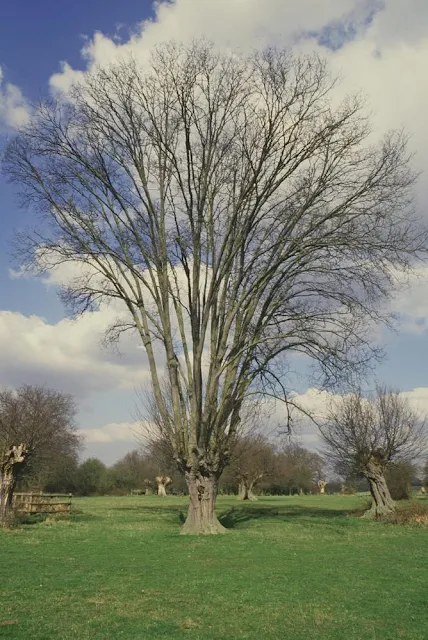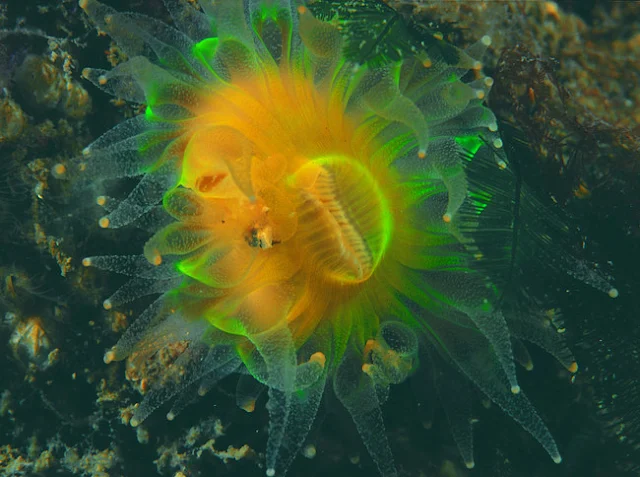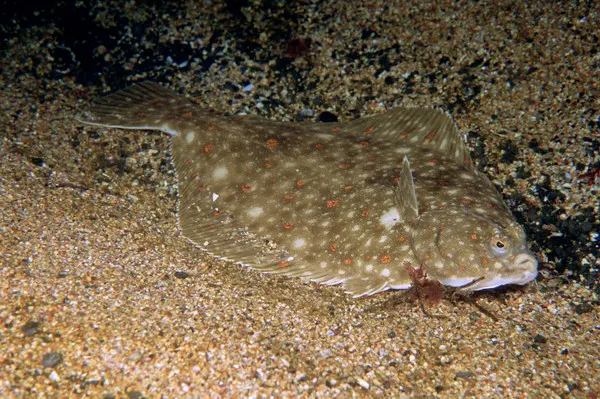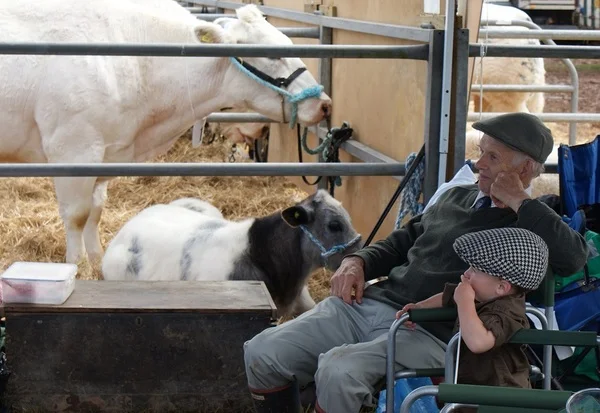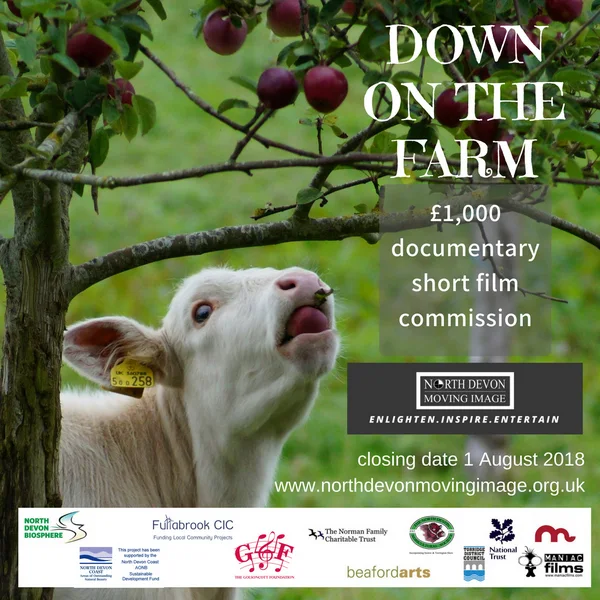Devon Wildlife Trust has launched a campaign to secure more support for looking after 50 Devon nature reserves: http://www.devonwildlifetrust.org/nature-reserves-fund
The charity spends around £2000 per day on management of 50 nature reserves across Devon, totalling 1943 hectares (4801 acres.) Funds are spent on ensuring varied habitats support the widest possible range of wildlife and on maintaining accessible places for visitors to enjoy exploring.
But this year, staff and volunteers will have to deal with an additional problem. Ash dieback is the latest threat to manifest on DWT nature reserves, with evidence of the disease now present on at least five DWT sites.
With the charity finding it increasingly difficult to secure funding for the ongoing management of nature reserves, DWT has launched a new campaign. The Devon Nature Reserves Fund makes it easier for more visitors to the Trust’s 50 Devon wildlife sites to support the work required to ensure thriving wildlife and satisfied visitors at all the reserves.
Many of the most wildlife-rich sites in Devon are semi-natural habitats such as heathland, coppiced woodland and wet grassland. Once traditional ways of managing the land were discontinued during the later decades of the 20th century, this had a detrimental impact on the wildlife that had evolved to thrive alongside human use of the landscape in these semi-natural habitats. Managing the varied habitats on nature reserves revives this traditional land use, but now exclusively for the benefit of wild plants and animals – and the people who enjoy seeing them.
Nature reserves without management would feature less varied habitats and less diverse wildlife.
Now, in addition to clearing gorse and scrub, managing grazing animals, maintaining ponds and keeping paths and boardwalks in good condition, reacting to ash dieback is the latest challenge facing Land Manager Matt Boydell and his team of staff and volunteers. The Forestry Commission has confirmed the presence of the Chalara fraxinea fungus that causes ash dieback, at DWT’s Dunsdon National Nature Reserve, near Holsworthy. Ash trees with symptoms of the disease have also been recorded at DWT nature reserves Halsdon (on the River Torridge), Meeth Quarry (near Hatherleigh), Dunsford (in the Teign valley) and The Rough (near Honiton.)
After an inspection of the Trust’s Dunsford reserve on Dartmoor, Matt Boydell said: “So far we’re seeing young trees, around 10 feet tall, that have been affected, with discolouration of branches from the tip down. It hasn’t yet affected the 60-70 mature ash trees on the reserve. But given the geographical spread of reserves affected already, it is likely that we will see symptoms of ash dieback on all young growth on most reserves from next spring.”
Matt outlined DWT’s next steps for dealing with ash dieback on nature reserves: “We need to map where the biggest and most high-risk ash trees are, those close to roads and public footpaths, as any large diseased trees posing a risk to the public will have to be felled. Mapping how quickly the disease is spreading and the age of infected trees is likely to be our focus over the next few years. Then we can plan what level of re-populating of native tree species is suitable for each reserve, in harmony with natural regeneration of the woodland, particularly where hedgerow ashes have died.”
DWT’s wildlife sites cover 1943 hectares (4801 acres) of Devon, with reserves spread around the compass. The intrepid nature-lover would need to travel 83 miles from the Trust’s most southerly nature reserve, South Efford Marsh, home to curlews and otters on a tidal stretch of the River Avon, to reach the northernmost site, Swanpool Marsh, near Braunton. Journeying from east to west, a 67-mile journey would be required from Hawkswood, near Honiton, to Warleigh Point, a riverside oak woodland where the Tavy and Tamar rivers meet.
DWT’s wildlife sites cover 1943 hectares (4801 acres) of Devon, with reserves spread around the compass. The intrepid nature-lover would need to travel 83 miles from the Trust’s most southerly nature reserve, South Efford Marsh, home to curlews and otters on a tidal stretch of the River Avon, to reach the northernmost site, Swanpool Marsh, near Braunton. Journeying from east to west, a 67-mile journey would be required from Hawkswood, near Honiton, to Warleigh Point, a riverside oak woodland where the Tavy and Tamar rivers meet.
At 326 hectares, Dart Valley is the largest DWT nature reserve, with 6.5 kilometres of the River Dart at its wildest rushing through the woodland between Dartmeet and New Bridge. The very first DWT reserve was important dormouse haven Lady’s Wood, a bluebell and hazel woodland near South Brent which was gifted to the charity by eminent Devon naturalist HG Hurrell in 1961.
The 50 reserves include:
- Devon’s largest goosander roost at Meeth Quarry
- the largest colony of pearl bordered fritillary butterflies in the South West at Marsland (on the Atlantic coast near Hartland)
- the only remaining site in England for narrow headed ants at Chudleigh Knighton Heath
- the biggest colony in the country of the rare heath lobelia flower at Andrew’s Wood (near Loddiswell)
- the Devon site with the highest recorded number of marsh fritillary butterflies, Volehouse Moor (near Bradworthy.)
- the site of the first UK field study of dormice, at Lady’s Wood, where the rodents’ distinctive way of eating hazelnuts was first discovered
DWT nature reserves include some of the best places in the county to see cuckoos (at Emsworthy Mire, near Hay Tor), otters (at Halsdon) and glow worms (at Bystock Pools, near Exmouth.)
DWT’s Dan Smith said, “Regular contributions from our members help cover the everyday costs of looking after some of Devon’s best wildlife sites. But thousands of other people enjoy visiting these wonderful places and now they can easily support work on our 50 reserves with a gift to the Devon Nature Reserves Fund.”
Donations can made online at www.devonwildlifetrust.org/make-a-donation or by calling the Trust on 01392 279244.
Ash Tree. Photo copyright Peter Wakely (All Rights Reserved)
Ash Tree Flower - Photo copyright Michael Symes (All Rights Reserved)
Dunsdon Path. Photo copyright Dave Chamberlain (All Rights Reserved)
Donations can made online at www.devonwildlifetrust.org/make-a-donation or by calling the Trust on 01392 279244.
About Devon Wildlife Trust
Devon Wildlife Trustis the county’s leading environmental charity, with 32,000 members. The charity manages 50 nature reserves across Devon, including a range of beautiful landscapes such as woodlands, meadows, wetlands and heaths. Devon Wildlife Trust relies on charitable donations, grants and the generous support of its members and the general public to raise more than £3.5million every year. Money raised is spent maintaining our work for wildlife conservation and education in Devon, for present and future generations.

